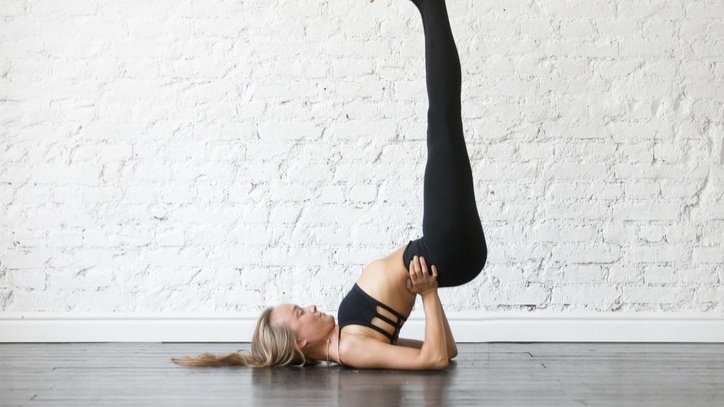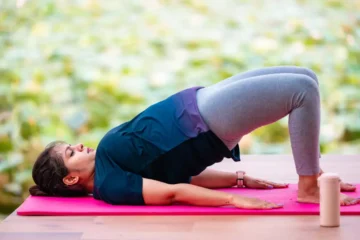Yin yoga, renowned for its gentle yet profound approach to enhancing physical and mental well-being, offers a gateway to deep states of relaxation and introspection.
While the practice primarily focuses on passive stretching and long-held poses to target the body’s deep connective tissues, it also provides ample opportunities for integrating meditation techniques.
This article delves into the realm of Yin yoga meditation, exploring how combining mindful awareness with the practice can deepen relaxation, foster inner peace, and cultivate a profound sense of presence.
Mindful Breath Awareness
At the heart of Yin yoga meditation lies the practice of mindful breath awareness. As practitioners settle into each pose, they are invited to direct their attention to the natural rhythm of their breath.
By observing the inhalation and exhalation without judgment or alteration, individuals anchor themselves in the present moment, cultivating a state of mindfulness.
Conscious breathing not only calms the nervous system but also serves as a bridge between body and mind, facilitating deeper relaxation and introspection throughout the practice.
Body Scan Meditation
Incorporating body scan meditation into Yin yoga sessions enhances somatic awareness and promotes relaxation from within.
As practitioners surrender to the sensations arising in each pose, they are encouraged to scan their bodies with gentle curiosity and acceptance.
By systematically directing attention to different regions of the body, from the crown of the head to the tips of the toes, individuals release muscular tension, unravel energetic blockages, and cultivate a profound sense of embodied presence.
Body scan meditation fosters a deeper connection with the physical body, allowing practitioners to cultivate self-compassion and nurture holistic well-being.
Loving-Kindness Meditation
Yin yoga provides an ideal platform for integrating loving-kindness meditation, a practice aimed at cultivating compassion and empathy towards oneself and others.
During moments of stillness and surrender in Yin poses, practitioners can silently recite phrases of loving-kindness, such as “May I be happy, may I be healthy, may I be at peace.”
By extending these wishes to oneself and gradually expanding them to include loved ones, acquaintances, and even adversaries, individuals foster a sense of interconnectedness and goodwill.
Loving-kindness meditation nurtures emotional resilience, strengthens interpersonal relationships, and infuses the practice of Yin yoga with a profound sense of heart-centered awareness.
Visualizations and Affirmations
Yin yoga meditation can be enriched through the use of visualizations and affirmations, harnessing the power of the imagination to deepen relaxation and cultivate positive states of mind.
As practitioners settle into each pose, they may visualize themselves surrounded by a soothing aura of light or immersed in a serene natural landscape.
Affirmations such as “I am grounded and centered” or “I trust in the wisdom of my body” can be silently repeated to reinforce feelings of empowerment and self-belief.
Through intentional imagery and positive self-talk, individuals amplify the transformative potential of Yin yoga, harnessing the mind-body connection to manifest healing and inner resilience.
Conclusion
Incorporating meditation techniques into the practice of Yin yoga enhances its transformative potential, fostering deep relaxation, inner peace, and self-awareness.
Whether through mindful breath awareness, body scan meditation, loving-kindness practice, or visualization, individuals can harness the power of meditation to deepen their experience on the mat and cultivate holistic well-being off the mat.
By embracing the marriage of Yin yoga and meditation, practitioners embark on a journey of self-discovery and transformation, unlocking the limitless potential of body, mind, and spirit.



